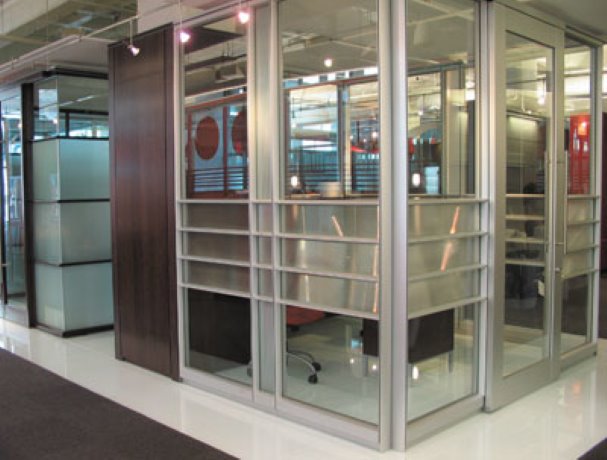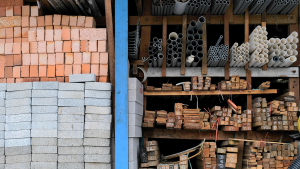Mogens Smed wants the construction industry to put more DIRTT in its planning.
CALGARY
Mogens Smed wants the construction industry to put more DIRTT in its planning.
Smed, a 39-year veteran of the modular construction industry, is an environmental construction guru who has been recognized in Canada and the U.S. for is green attitude towards building. His belief that construction can be low-impact on the environment is reflected in his company DIRTT – an acronym for Do It Right This Time – which promotes a conservative approach to construction rather than a build, demolish and reconstruct one. That conservative attitude is well-suited to building in cold weather locations, he says, although it’s adaptable to any environment.
“One of the things you run into in cold weather climates is that you have shorter construction windows. You have to build much faster because of a shorter season,” he says. That is where his company can lend its expertise. DIRTT is a company that designs interiors – approximately 99 per cent of its business is in commercial applications – with a movable wall system. The system’s attractions are that it’s modular and can be designed off site, with more quality control over the manufacturing and there are no waste materials to truck into a site or waste material to remove. The process expedites the construction process and allows a client to get into the building much faster.
Smed, who has been a critic of North American building methods, says he has not invented anything new. It is a system that has been used in Europe for 30 to 40 years and in Japan for 100 years. The system’s strength is that the components can be reused. So, if an interior office needs change and more offices need to be added, the walls can be removed and reassembled to meet the new floor plan.
“We are seeing the same thing happen here that happened in Europe,” he says. “We have seen construction costs here rise 40 per cent in the past three years.” That steep hike in costs of construction drove European customers to adopt a system which allowed greater flexibility in interior design and a component system that provided for the ability to change the interior layout to accommodate changing needs. The system though, does not follow the conventional gut-and-rebuild structure. The modular walls are simply moved around and reconfigured.
While DIRTT has its office in Calgary, it also has a manufacturing plant where it uses state-of-the-art technology to assemble components for various interior designs. The ability to achieve unique designs is accomplished through the company’s ICE cad software which allows architects and interior designers to put together a modern, clean looking wall system. The system has had good acceptance in the U.S. “A lot of our business is done in Manhattan,” says Smed, who believes modular construction in all forms will eventually surpass conventional building.
He says he is currently having a home designed in Germany that will be shipped over to Calgary and assembled quickly on site. It will have left marginal impact on the building site, have been erected in less time than a conventional site and also the heating and lighting – because of enhanced features in the home – will be approximately $1,000 a year or an eighth of the cost of a conventional home. No waste material was generated in the construction of the home, he says.
Smed says he is also concerned that homebuilding is wasting forest resources. In his plant, he makes the wall unit components out of aluminum (which is light and has long-term durability) and he has developed a process to coat components with a veneer. The process is an extrusion which wraps around the aluminum and uses non-toxic adhesives, non-flammable and water-soluble finishes that are baked on. DIRTT holds the North American patent on the process that provides the look of wood with the durability and strength of aluminum.
For more information, visit www.dirtt.net











Recent Comments
comments for this post are closed